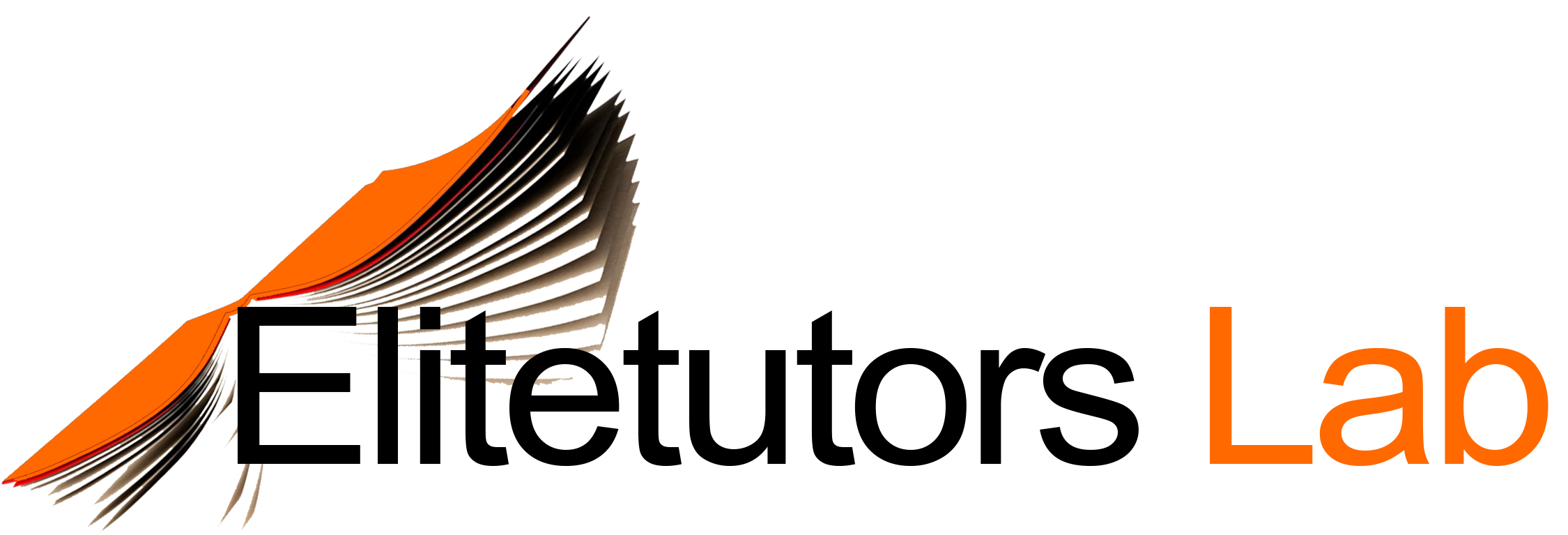s????????????????????tudents will develop a research design proposal. Students s Leave a reply s????????????????????tudents will develop a research design proposal. Students should suggest a feasible research project that could be carried out in the future, using the course materials as guidance. Students are not expected to actually carry out any data collection or empirical analysis. In a writeup of about 4000 words, students will develop a research question and a brief literature review, suggest a theory, draw a testable hypothesis, and suggest how they would use empirical data and some of the quantitative techniques covered in class to address the phenomenon. Students have a great deal of freedom in how to conduct this assignment, and there are many ways that students can complete it successfully. However, it is likely that successful research designs will include the following elements: Statement of a research question. An effort to convince the reader that this topic is interesting and important. Numbers 1 and 2 can follow a similar format (length, style) as the first assignment on development of a research question A brief summary of the state of the scientific literature on the topic This can draw heavily on the second assignment of an annotated bibliography, if appropriate If there has been a lot written on the topic, you will have to choose a few key sources because of space constraints. You will not be penalized for failing to cover a very large body of literature in depth. If not a lot has been written on the topic, you will still likely be able to find several sources on related topics. There are no hard rules about the number of sources, but a well-done assignment will likely cite at least 10 academic sources. Description of???????????????????? patterns and relationships between concepts that you expect to find. The style of this can vary, but a common way to approach this is to state expected patterns and relationships in terms of a broad theory, and from that theory draw a more specific testable hypothesis. A discussion of how you will conceptualize and operationalize the factors that you discuss in number 4. You may attempt to argue in favor of measurement validity. A discussion of how you plan to test whether your predicted relationship has empirical support. This should include a discussion of how you will collect data and assess the relationships between variables to determine whether your hypothesis is supported. You do not have to be very specific about the statistical methods that you will use to assess the relationship. You can talk very generally about whether factors are correlated, whether a treatment group outcome is different from a control group outcome, etc., depending on what you plan to do. But you do not need to discuss issues such as regression, specific statistical tests, etc. A discussion of internal and external validity. Internal validity will be concerned with how well your research design gives you confidence that you are capturing a cause-and-effect relationship (if that is your goal). External validity will be concerned with how well you might expect the results you find in your study to apply to other settings. A discussion of limitations or weaknesses of your study. Remember that all research designs will have some limitations, so you will not be penalized if such limitations exist. Wherever possible, you should try to be transparent about them????????????????????. This entry was posted in Sociology on December 7, 2021 by .
